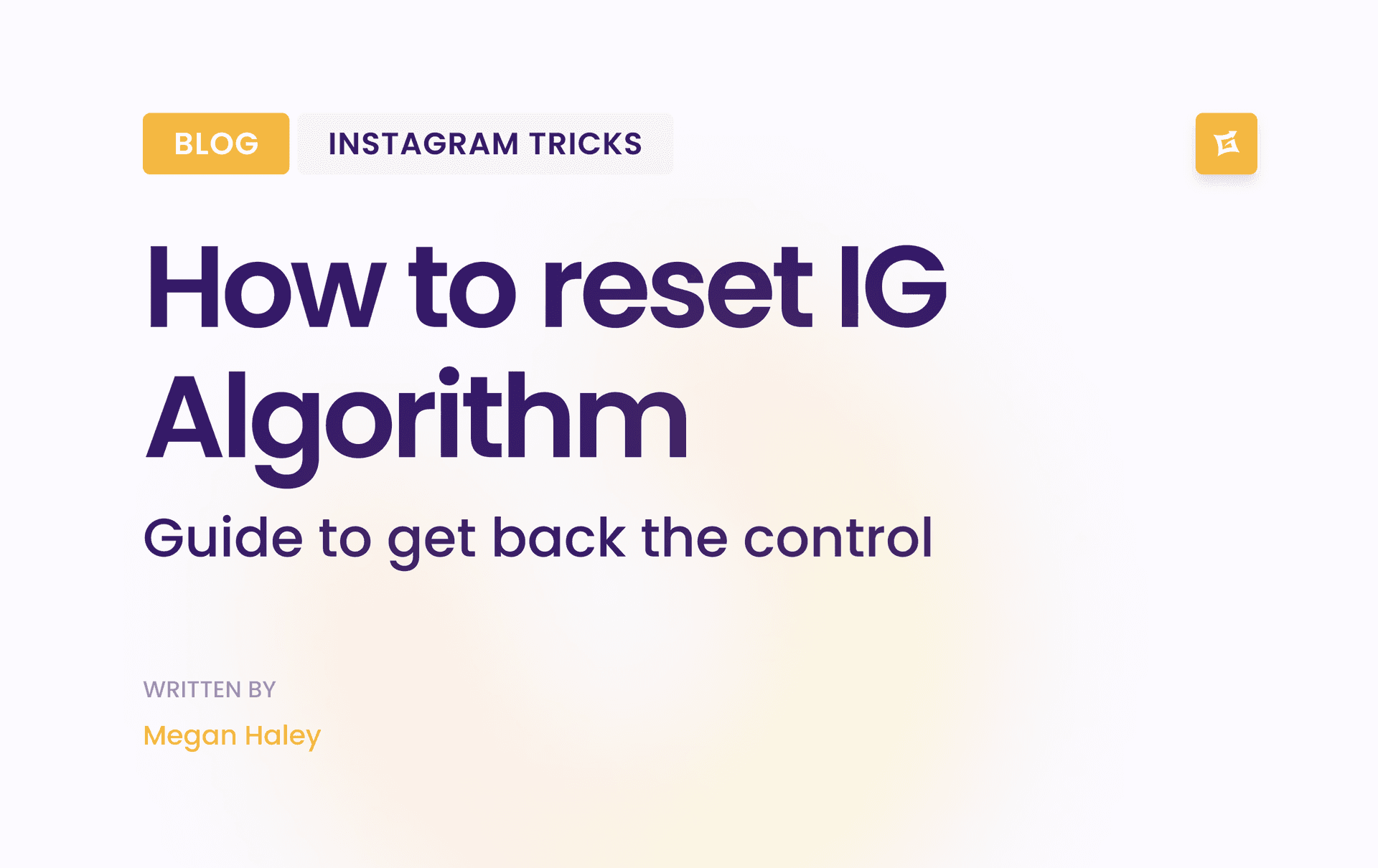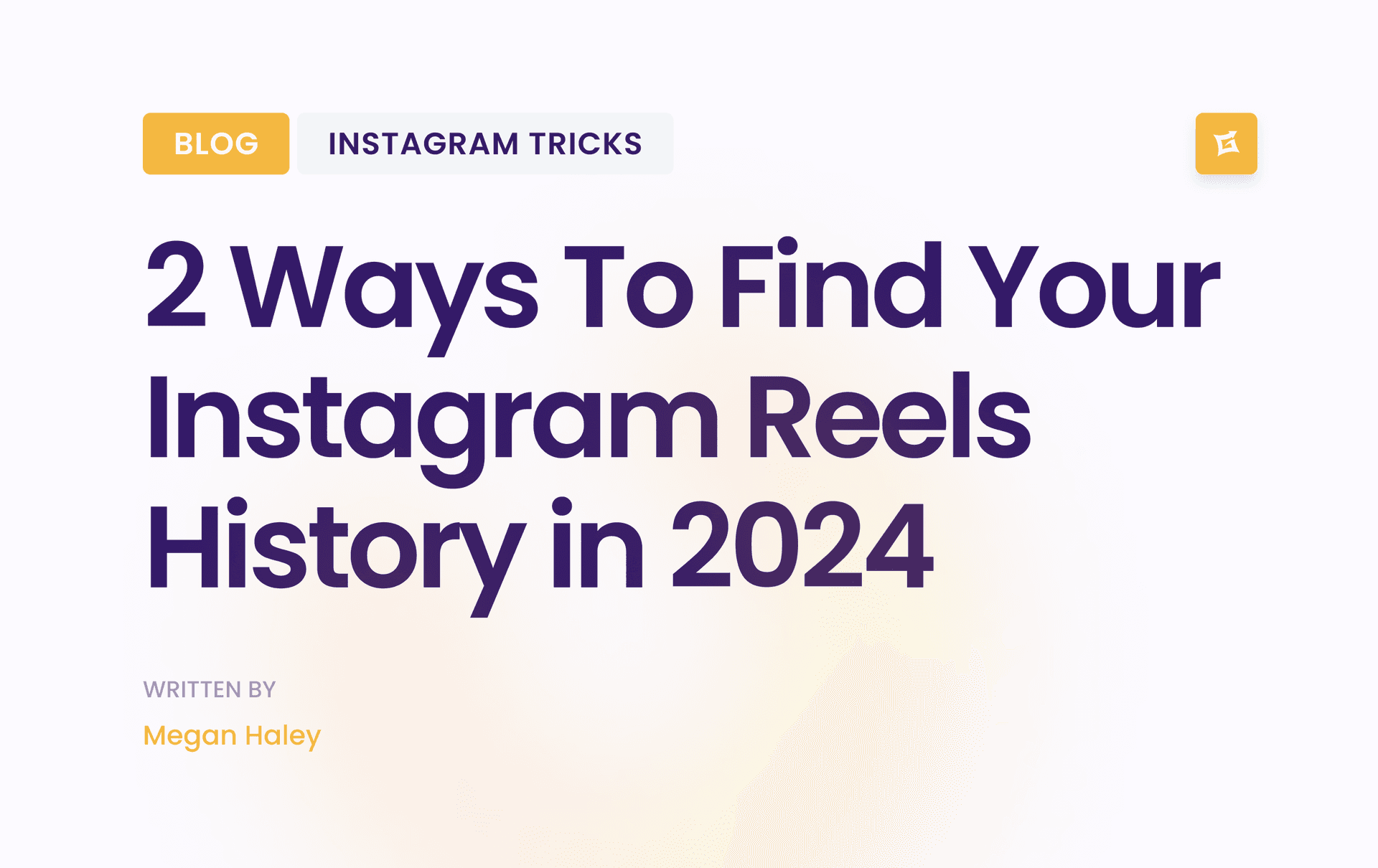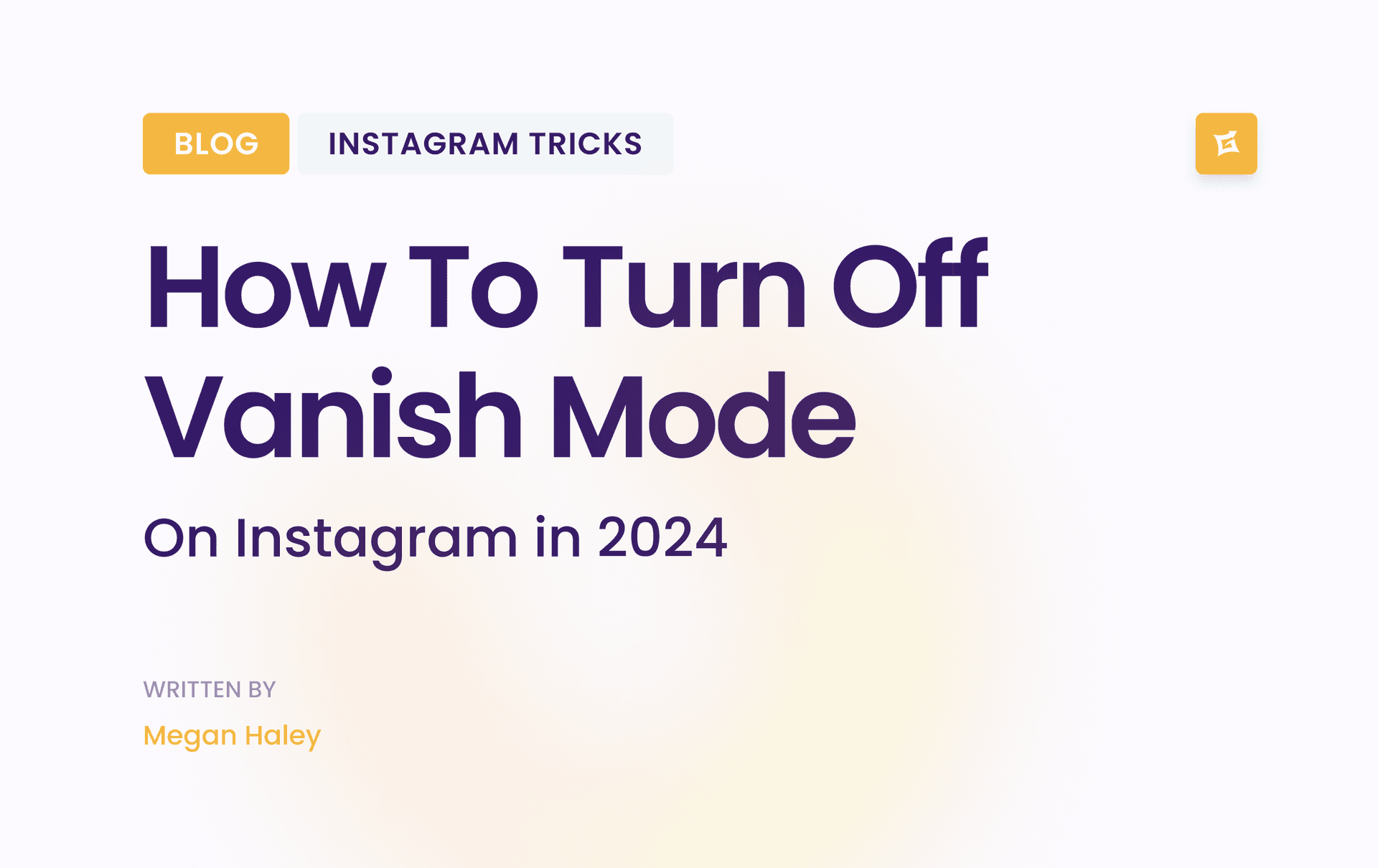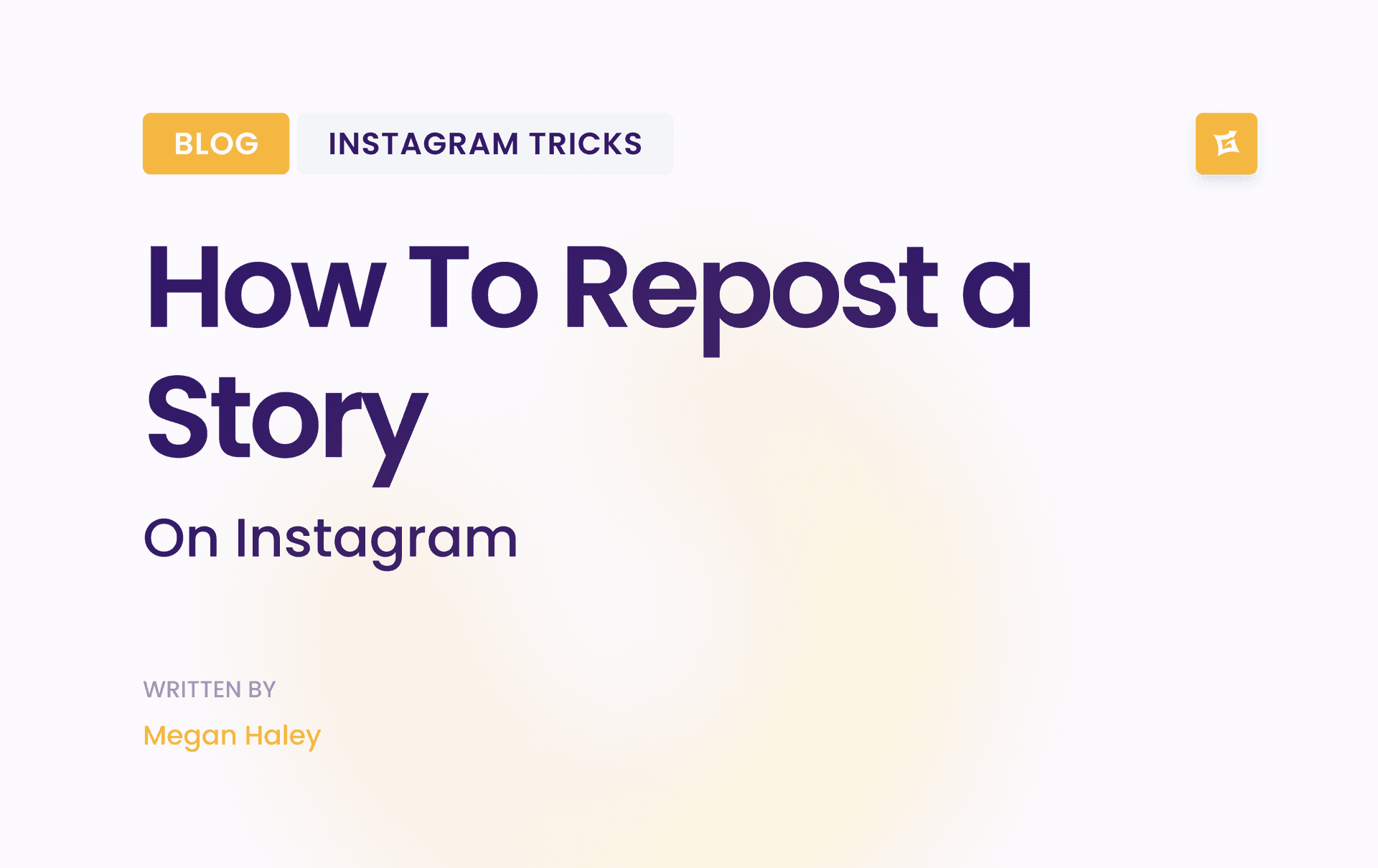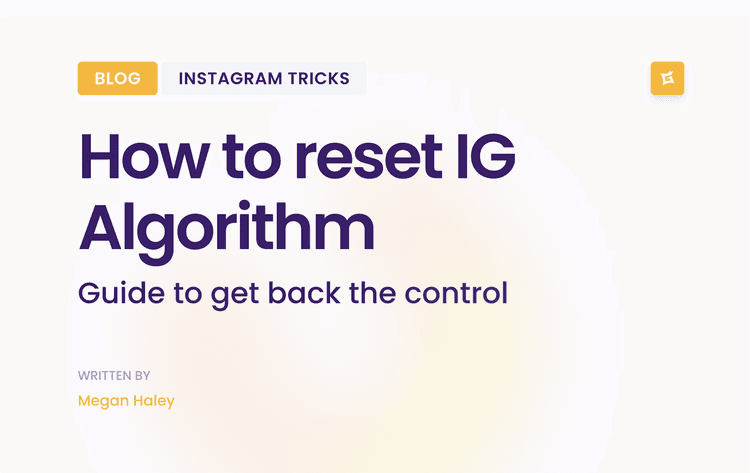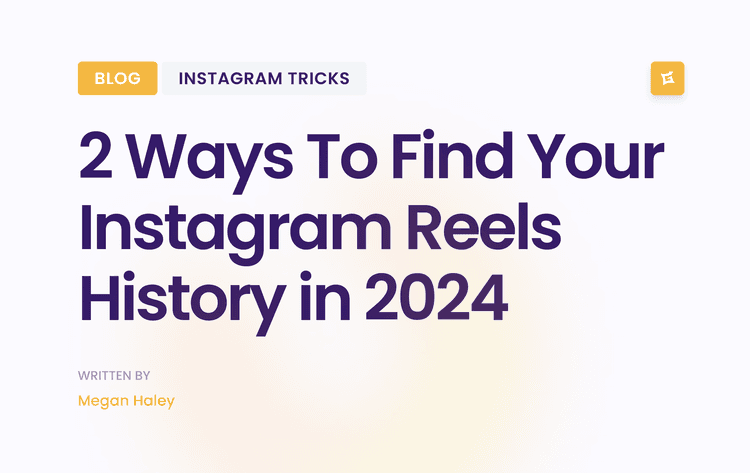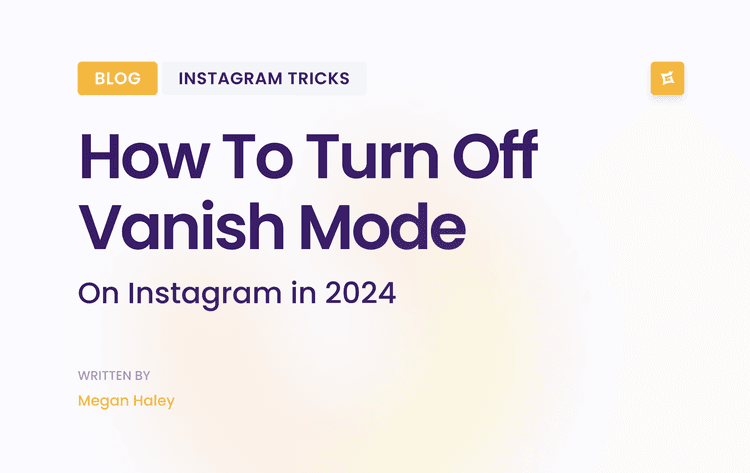Setting the Foundation for Social Media Success
Jumping onto Instagram without a clear plan is a recipe for disaster. You might be posting, but are you actually getting anywhere? A solid foundation is what separates the accounts that make a real impact from those just adding to the noise. This isn't about creating flashy content just yet—it's about doing the unglamorous but essential work that makes everything else fall into place.
Think of it this way: you need to audit your current situation, set concrete goals, and deeply understand your audience. Skip these steps, and you'll likely end up wasting time and money on content that doesn't connect.
Conduct a Thorough Social Media Audit
First things first, you need to know what you’re working with. A social media audit isn't just about glancing at your follower count; it’s a deep dive into what’s working, what’s flopping, and where your biggest opportunities are hiding. This gives you a clear baseline to build from.
Your audit should get answers to some tough questions:
Which platforms are we on? And more importantly, are these the right platforms for our ideal customer?
What’s our real engagement rate? Are people actually liking, commenting, and sharing, or are we just shouting into the void?
Who’s following us right now? Does our current audience look like the people we want to be selling to?
What are our all-time best posts? Let's figure out why they worked and do more of that.
Digging into this data is where the magic happens. You might discover your audience goes wild for Instagram Reels but couldn't care less about your Facebook posts. That's a huge insight that can completely reshape your strategy. For a step-by-step walkthrough, our social media audit checklist will guide you through the whole process.
Define S.M.A.R.T. Goals
"Get more followers" isn't a goal; it's a wish. To get real results, your social media objectives need to be tied directly to your business's bottom line. This is where the S.M.A.R.T. goal framework is a lifesaver.
Your goals have to be Specific, Measurable, Achievable, Relevant, and Time-bound. So, instead of a vague goal like "boost engagement," you'd set a S.M.A.R.T. goal like: "Increase our Instagram post engagement rate by 15% over the next quarter by creating three interactive Stories and two Carousels each week."
See the difference? Now you have an actual plan with a clear finish line.
This infographic breaks down how these foundational steps—auditing, goal-setting, and audience research—fit together.

As you can see, it's a logical flow. Each step builds on the last, creating a cohesive, success-driven strategy from the ground up.
Understand Your Audience Deeply
You can't create content that resonates if you don't know who you're talking to. That’s why creating detailed buyer personas is non-negotiable. These aren't just generic profiles with an age and location; they are deep dives into the minds of your ideal customers.
A great persona goes beyond the basics and into psychographics:
What are their biggest frustrations and challenges?
What truly motivates them to make a purchase?
Which social media platforms do they actually use and trust?
What kind of content do they stop scrolling for?
In 2025, we're looking at an estimated 5.42 billion people using social media. A one-size-fits-all message is guaranteed to get lost. Since the average person scrolls through nearly seven different social networks a month, you have to know exactly where to find your people. If you're focusing on visual platforms, this video content marketing strategy guide is a fantastic resource for building a powerful roadmap.
Defining Your Brand Voice and Content Pillars

Let's be real: on a crowded Instagram feed, a generic brand might as well be invisible. What makes someone stop scrolling and actually follow you? It’s your personality. This is your secret weapon, the thing that turns casual viewers into a real community.
Think about it. Wendy's and Nike are both giants in their fields, but they couldn't be more different. One is all witty memes and sarcasm, the other is pure inspiration and athletic grit. That distinct vibe comes from a clearly defined brand voice. It’s the how behind everything you post, from a major launch announcement to a simple comment reply.
Crafting a Memorable Brand Voice
Your brand voice isn't just a list of adjectives you like; it’s the consistent personality you show up with every single day. Are you the trusted expert? The quirky best friend? The sophisticated guide? Getting this right makes every single piece of content feel authentic and connected.
To nail it down, think about a few key things:
Humor: Are you witty and sarcastic, or more lighthearted and fun? Maybe you skip the jokes entirely to keep things serious.
Formality: Do you stick to professional, buttoned-up language, or are you casual enough to drop some slang and emojis?
Pacing: Are your captions short, sweet, and to the point? Or do you lean into longer, more descriptive storytelling?
A luxury skincare brand, for example, might go for a sophisticated, educational voice, using scientific terms to build credibility. On the other hand, a local coffee shop could use a super-friendly, casual tone full of neighborhood slang to feel like a part of the community.
The most important thing here is consistency. If your voice is formal one day and cracking jokes the next, you're going to confuse your audience. Pick a lane and stay in it. That’s how people start to recognize you instantly in their feed.
Establishing Your Core Content Pillars
Okay, so you know how you want to sound. Now, what are you actually going to talk about? This is where your content pillars come into play.
Think of these as the 3-5 core themes or topics your brand will own. They’re the foundation of your entire content strategy, making it way easier to plan and ensuring your feed never feels random or disjointed.
Content pillars are about so much more than just what you sell. They’re about the value you bring to your audience. A fitness apparel brand wouldn’t just have pillars like "new leggings" or "protein powder." That’s boring.
Instead, their pillars might look something like this:
Workout Tutorials: Actionable fitness advice people can actually use.
Healthy Recipes: Value that extends beyond their products.
Community Spotlights: Highlighting real customer stories and mutation.
Mindset & Motivation: Inspiring their followers to keep going.
See the difference? This strategy makes their content consistently valuable, even when there's no sales pitch in sight. It gives followers a clear reason to stick around by answering their unspoken question: "What's in it for me?"
Brainstorming these pillars is a huge part of building a social media strategy that actually works long-term. For a deeper dive, check out our complete guide to building powerful social media content pillars that will keep your audience coming back for more. This simple structure is what transforms a basic Instagram profile into a must-follow resource.
Building Your Content Creation Engine

Okay, you've nailed down your brand voice and content pillars. Now it's time to build the machine that actually brings all those great ideas to life. Let's be real: a winning social media strategy isn't about random bursts of creativity. It's about a consistent, sustainable system for cranking out quality content.
This is your content creation engine. It’s what takes you from the daily panic of "What on earth do I post today?" to confidently planning your content weeks. It's the difference between just winging it and executing with a clear purpose.
Mastering Your Content Mix and Formats
Relying on just one type of post is like trying to build a house with only a hammer—it's just not going to work. To keep your audience hooked and coming back for more, you need a diverse mix of formats that play to Instagram's strengths and hit your specific goals.
Think of each format as having a different job to do:
Reels: These are your magnets for new eyes. Use them to grab attention, let your brand's personality shine, and tap into trends to reach a wider audience.
Carousels: Perfect for teaching and telling stories. You can break down complicated ideas into easy-to-digest slides, share step-by-step tutorials, or walk your followers through a compelling narrative.
Static Posts: High-quality images are still powerful. They’re great for big announcements, shouting out members of your community, or sharing powerful quotes that drive your brand message home.
Stories: This is where you build real relationships. Use polls, Q&As, and behind-the-scenes content to create genuine, daily interactions with your most dedicated followers.
A balanced mix makes sure you're not just talking at your audience, but you’re also educating, entertaining, and truly engaging with them on different levels.
Applying the 80/20 Rule for Sustainable Growth
One of the quickest ways to lose followers is to turn your feed into a constant sales pitch. This is where the 80/20 rule becomes your north star for creating a social strategy that builds a loyal community, not just a list of customers.
The rule is simple: 80% of your content should give pure value—it educates, entertains, or inspires. The other 20% can be promotional, where you talk directly about what you're selling.
This approach is all about building trust. When you consistently show up with helpful, interesting content, people are way more open to hearing your pitch when the time is right. It proves you're there to give more than you take.
Using AI to Fuel Your Content Engine
Let’s face it, creating great content consistently takes a ton of time. This is where modern tools can be an absolute game-changer. AI is fundamentally reshaping how social media strategies are built and run. By 2025, it's expected that over 75% of social media strategists will be using AI for everything from content creation to campaign management.
Tools like Gainsty can act as your creative sidekick, cutting hours of work down to just minutes. Instead of staring at a blinking cursor, you can use AI to:
Brainstorm Fresh Ideas: Instantly generate dozens of post concepts tailored to your content pillars.
Draft Compelling Captions: Get engaging copy written in your specific brand voice, complete with calls-to-action.
Find Relevant Hashtags: Discover hashtags that will actually help you get seen by the right people.
This isn't about letting a robot take over. It's about amplifying your own creativity. AI handles the grunt work, freeing you up to focus on the high-level strategy and human connection that truly matter.
The Power of a Content Calendar
Your content engine needs a schedule to keep it running smoothly. A content calendar is your single source of truth—it organizes what you're posting, when it's going live, and where.
It's the ultimate cure for last-minute scrambling and ensures your content mix stays balanced and on-brand. Once you have your pillars locked in, mapping them out is the critical next step. While this guide on how to create a LinkedIn content calendar is for a different platform, the core principles are universal and incredibly helpful.
Planning lets you maintain consistency, align your posts with key dates, and build a cohesive feed that tells a powerful story over time.
Executing and Automating Your Strategy

Let's be real: a brilliant strategy is just a nice-looking document until you actually do something with it. The real growth, the kind you can see and measure, happens when you bring that plan to life day in and day out.
This is where execution and automation come together. It's the engine room of your Instagram presence, turning your plans into a smooth, consistent, and powerful operation that doesn't burn you out. The goal isn't just to throw content out there. It’s about delivering it at the perfect moment, having real conversations, and getting the tedious stuff off your plate so you can focus on what actually matters.
Scheduling Content for Maximum Impact
Posting whenever you feel like it is one of the quickest ways to kill your reach. Your audience has a rhythm, a specific time they're scrolling and ready to engage. Tapping into that rhythm can make a massive difference. Forget the guesswork. Your own data holds the key. Most scheduling tools, and even Instagram's native analytics, will flat-out tell you when your followers are most active. This is your roadmap for scheduling.
Dig into your peak times: Head over to your Instagram Insights and pinpoint the exact days and hours your audience is online. This is your baseline.
Test the edges: Don't just stick to the peak hour. Try posting 30 minutes before or after to see if you can catch people as they start scrolling or just before they log off.
Think platform-specific: What works on Instagram might not fly elsewhere. People might browse Instagram during their lunch break, but save their late-night scrolling for TikTok. Adjust accordingly.
A little bit of strategic timing ensures all that great content you created actually gets seen.
Mastering Community Management
This is where you turn followers into fans. Community management is the human side of social media—it's all about building real connections through two-way conversations. And no, just replying to comments doesn't cut it.
A thriving community doesn't just happen—it's actively cultivated. Every reply, every share of user-generated content, and every DM is an opportunity to strengthen a relationship and build loyalty.
So, how do you actively cultivate that community? It comes down to a few core activities that prove you're listening and that you care.
Actionable Community Management Techniques
Respond Thoughtfully and Promptly: Try to reply to comments and DMs within a few hours. Ditch the generic "Thanks!" and ask a follow-up question. Spark a real conversation.
Spotlight User-Generated Content (UGC): Did a customer tag you in a great photo using your product? Share it! This is pure gold—the most authentic social proof you can get, and it makes your customers feel like superstars.
Engage Proactively: Don't just sit back and wait for the conversation to come to you. Carve out time each day to interact with posts from your followers, people using relevant hashtags, and other accounts in your space.
Leveraging Automation to Work Smarter
While building a community needs that human touch, so many other tasks are just repetitive. These are the things you can, and absolutely should, automate. It’s how you claw back your time to focus on the big-picture stuff instead of getting lost in the weeds.
This is exactly what tools like Gainsty were built for. Think of it as your AI-powered assistant, ready to handle the predictable so you can handle the unpredictable.
Instead of spending hours on manual work, you can offload things like:
Content Scheduling: Batch and schedule a week or a month's worth of content in one sitting.
First-Comment Hashtags: Automatically post your hashtags in the first comment to keep your captions looking clean and focused.
Basic DM Responses: Set up quick replies for frequently asked questions like "What are your business hours?" or "Do you ship to Canada?"
When you automate the grunt work, you free up your brainpower for what truly moves the needle—jumping on a new trend, crafting a killer campaign, or having a game-changing conversation with a potential customer. This balance is the secret to a powerful and sustainable execution plan when learning how to create a social media strategy.
How to Analyze and Optimize Your Performance
Alright, you've launched your strategy. So, you're done, right? Not even close.
Getting your strategy live isn't the finish line—it's the starting line. The social media world moves at a breakneck pace, and a plan that's crushing it today could be gathering dust in six months. This is why the last, and arguably most important, piece of the puzzle is building a system for constant analysis and optimization.
Think of it as a continuous feedback loop. You put your plan into action, collect the data on what happened, dig through that data for insights, and then use what you learned to make your next moves even smarter. This cycle is what separates accounts that plateau from those that hit that sweet, sustainable, long-term growth.
Looking Beyond Vanity Metrics
It's so easy to get hooked on follower counts and likes. I get it, those numbers feel good. But they don't pay the bills. These are what we call vanity metrics—they look impressive on the surface but don't really tell you anything about the health of your business. A post can get a thousand likes and still result in zero website clicks or sales.
To really get a grip on your performance, you have to track metrics that tie directly back to the S.M.A.R.T. goals you set earlier.
Reach and Impressions: How many unique eyeballs are seeing your content, and how many total views did it get? This is your brand awareness barometer.
Engagement Rate: Forget raw likes. What percentage of people who saw your post actually interacted with it (likes, comments, shares, saves)? This is a much stronger signal of content quality.
Click-Through Rate (CTR): Of everyone who saw your post, how many cared enough to click the link in your bio or story? This shows you how effective your call-to-action is.
Conversion Rate: This is the big one. How many of those clicks turned into a real business action, like a newsletter signup or a sale? This is your bottom-line metric.
Shifting your focus to these deeper metrics gives you a much clearer, more honest picture of what's actually moving the needle for your business.
The secret to sustainable growth isn't just creating great content; it's understanding why your great content works. Data gives you that "why," turning random successes into a repeatable formula.
Setting Up a Monthly Performance Review
To make sense of all this data, you need a regular check-in. A monthly performance review is the perfect rhythm. It's frequent enough to catch trends before they get away from you, but long enough to have a solid chunk of data to work with.
And this doesn't have to be some stuffy, all-day meeting. It's a focused session to answer a few critical questions.
Keep your review process simple:
Pull the Data: Grab the key metrics you’ve been tracking from Instagram Analytics or a dashboard like Gainsty.
Find the Winners: What were your top 3-5 posts this month based on your most important metric (like engagement rate or saves)?
Spot the Duds: Which posts completely fell flat? Get real about what didn't connect with your audience.
Hunt for Patterns: Do all your best-performing posts have something in common? Maybe they're all behind-the-scenes Reels or super-detailed Carousels. Do your worst posts share a theme?
Create an Action Plan: Based on what you found, what will you do more of next month? And what are you going to stop doing?
This simple framework turns a spreadsheet of numbers into a clear-cut action plan. It's how you systematically double down on what works and cut what doesn't.
Using Data to Refine Your Approach
Decisions backed by data will always beat a gut feeling. For instance, let's say you notice your educational Carousels are getting a ton of saves but almost no shares. That's a great insight! You could test adding a stronger call-to-action on the last slide, something like, "Share this with a friend who needs to see it!"
This ongoing cycle of analyzing and tweaking is everything in a space that’s always changing. Think about it: as of October 2025, there are roughly 5.66 billion social media ‘user identities’ out there, and that number is growing by 4.87% every year. With 93.8% of all internet users on social media, understanding your performance data is the only way to effectively reach your little slice of that massive audience.
This analytical mindset is the engine of a truly successful social media strategy. It gives you the power to adapt, evolve, and consistently create content that not only gets engagement but drives real, measurable results for your business. For a streamlined way to present your findings, our social media analytics report template can help you organize your monthly insights clearly and professionally.
Common Social Media Strategy Questions
Even with the perfect blueprint in hand, questions always come up. Building a solid social media strategy has a lot of moving parts, and it’s completely normal to hit a few snags or feel a bit lost along the way.
Let’s tackle some of the most common questions we hear. These straightforward answers should help you clear those hurdles and get back to growing with confidence.
How Often Should I Post on Social Media?
I wish there were a magic number, but the truth is, the ideal frequency really depends on the platform and your specific audience. For Instagram, a great starting point is posting to your feed 3-5 times per week and hitting your Stories multiple times a day.
The real secret, though, is consistency over sheer frequency. It's so much better to publish three genuinely high-quality posts each week than to scramble and push out seven mediocre ones just to fill a quota.
Dive into your analytics to see when your audience is actually online. Don't be afraid to experiment with different schedules. If you notice your engagement dips after you start posting more, it could be a sign of content fatigue. The goal is to stay top-of-mind without overwhelming your followers' feeds.
What’s the Difference Between a Strategy and a Campaign?
This is a great question, and it's a critical distinction. Think of it this way: your strategy is the entire road map for a long journey, while a campaign is just one specific, planned trip you take along that route.
Your social media strategy is the big-picture, long-term plan. It spells out your core goals, who you're talking to, your brand voice, and your content pillars. It’s the foundation for everything you do.
A social media campaign, on the other hand, is a short-term, laser-focused push to hit a single objective. Maybe you're launching a new product, running a giveaway, or hyping up a seasonal sale.
Campaigns have a clear start and end date. They are tactical moves that exist within your much broader strategy.
How Long Does It Take to See Results From a New Strategy?
Patience is probably the most underrated skill in social media marketing. While you might see some encouraging little wins in engagement within the first few weeks, seeing significant business results—like actual leads or sales—often takes 3 to 6 months of consistent work.
There's no shortcut to building a loyal community, earning trust, and gaining real traction with your content. It just takes time.
At the beginning, keep your eyes on the leading indicators—things like follower growth, engagement rate, and reach. As you keep showing up consistently, you'll start to see the lagging indicators that really move the needle, like website traffic and conversions, begin to climb.
Should My Business Be on Every Social Media Platform?
Please, don't. This is one of the fastest paths to burnout and getting mediocre results everywhere. A smart social media strategy is all about focusing your energy where it will have the biggest impact.
Your time and resources are finite, so pour them into the platforms where your target audience is already hanging out and actively engaging. It is far more effective to become a master of one or two key channels than to be a jack-of-all-trades across five or six.
Start with the single platform that holds the most potential for your brand. Build a strong, thriving community there. Only then, once you have a proven system and the resources to back it up, should you even consider expanding. Knowing where to focus is half the battle.
Ready to stop guessing and start growing? Gainsty uses advanced AI to help you build and execute an Instagram strategy that gets real, organic followers. Ditch the bots and build a genuine community. Start your growth journey with Gainsty today!


